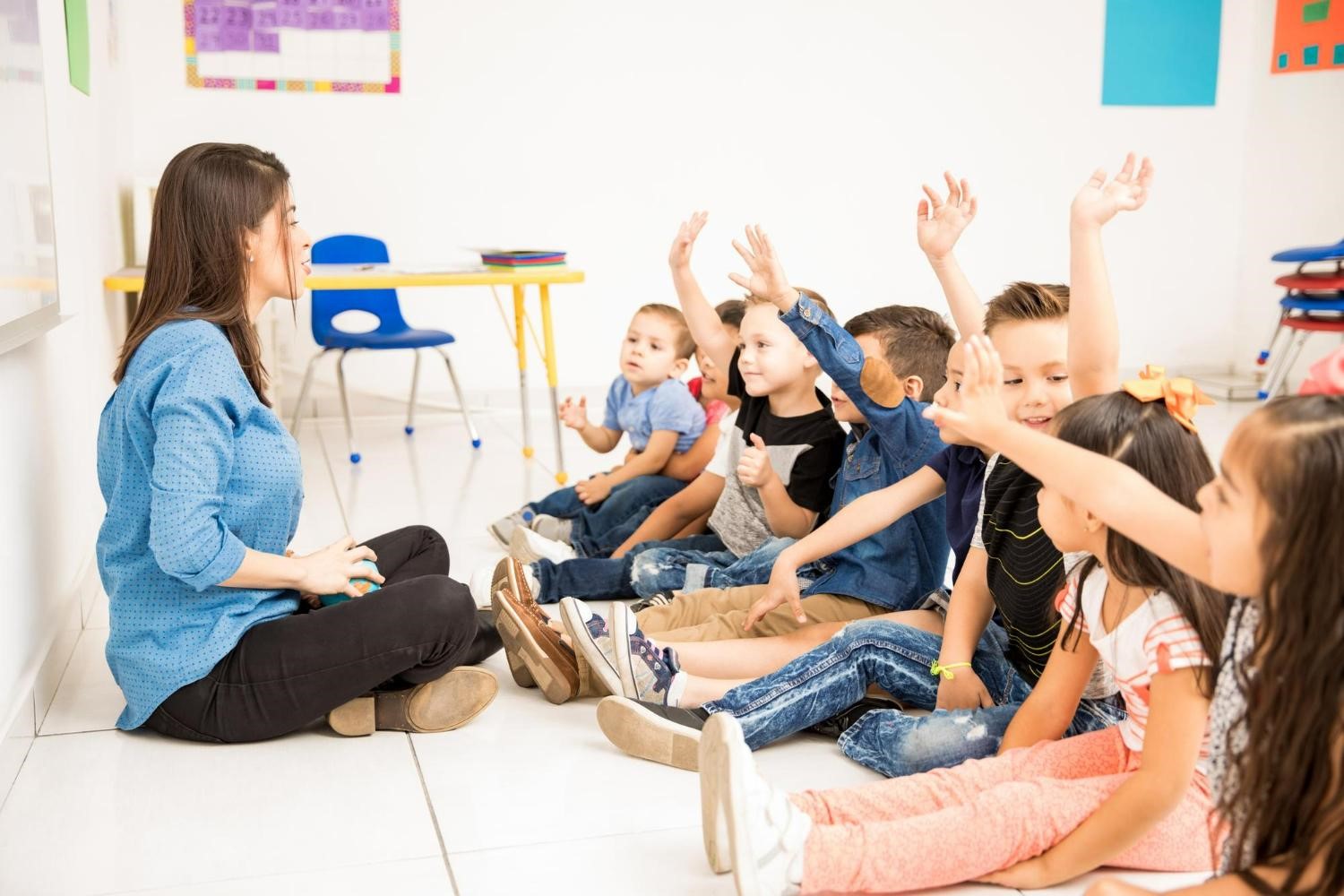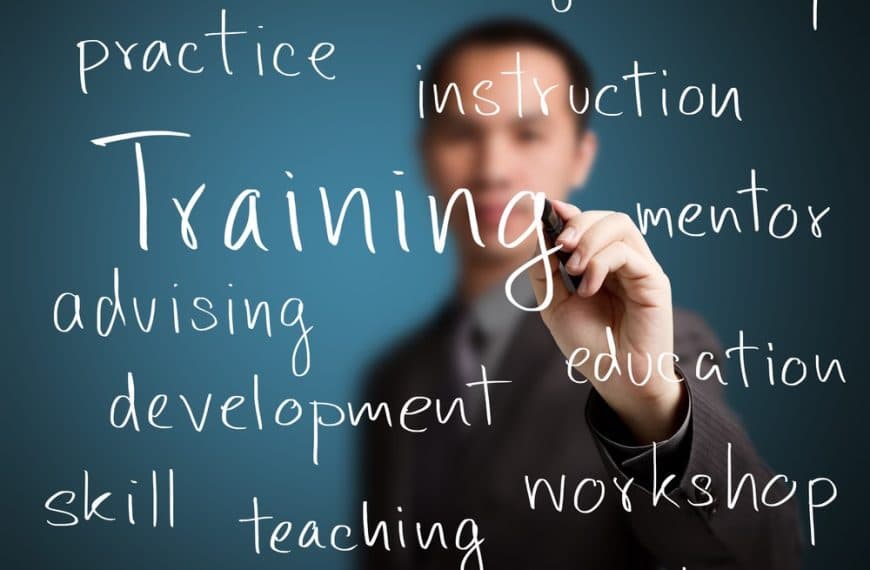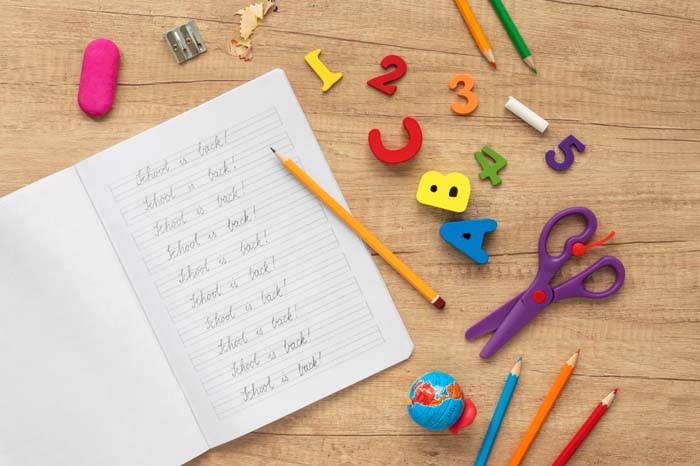More often than not, tradition makes way for modernity. And so it is with teaching methods, although not quite.
What is the Traditional Method of Teaching?
The traditional method of teaching has long been replaced by modern teaching techniques-at least, that’s what most of us might have been led to believe, in today’s ever-changing world. Contrary to popular belief, while the modern method of teaching might be in full swing these days, the traditional mode of teaching is not completely out of the picture.
In this article, we will explore traditional teaching methods, and take a look at the advantages of the traditional method of teaching, weighing them carefully against the very disadvantages that have paved the way for the modern teaching method.
It would be a good idea to start by answering the question,
Traditional Teaching Strategies: The Basics

The traditional teaching approach is teacher-centric, where the teacher plays the dominant role in the classroom.
This method is characterised by teachers ‘Following the Drill’, and ‘Rote Memorization’.
Here, children learn through repetition, which serves to firmly ensconces knowledge in their minds.
Key Features of Traditional Teaching Methods
Now that we know the definition of traditional teaching, let us take a look at some of the key features of traditional teaching methods, so we can get a better sense of what it truly entails.
- The learning happens within a physical space. In other words, the four walls of a classroom.
- The teacher is in complete control of the learning environment.
- There is a strict reliance on textbooks.
- The learning happens at a predetermined pace and schedule.
The Advantages and Disadvantages of the Traditional Method of Teaching
There is an eternal debate that rages on whether the traditional method of teaching is effective or not. While some of its drawbacks are plain to see, one cannot ignore its many advantages.
In an attempt to silence this debate once and for all, here’s a look at the advantages and disadvantages of the traditional teaching method. At the end of it, you can be the judge and decide for yourself, just how relevant traditional teaching is in today’s day and age.
Advantages of Traditional Teaching Methods
Here’s a list of all the reasons you cannot rule out Traditional Teaching.
- Active learning scope
- It is more affordable
- It provides a space for practical aspects of learning
- There is an increased sense of interaction between teachers and students
- It teaches students to manage their time effectively
- It provides them with that much-needed experiential Learning
- Provides access to important facilities
- Strikes a balance between physical and mental well-being
The traditional teaching method has a huge scope for providing active learning. The active learning environment is created primarily on account of students interacting with their peers.
Not everyone is bestowed with the privilege to go to fancy schools. This is where traditional teaching steps in, finding its way to even remote rural areas.
All those Biology and Chemistry experiments, best happen within a traditional laboratory. That is where traditional teaching scores massively, over its modern counterpart.
This is how children learn best. The teacher tirelessly addresses any queries that the students might have and also asks the students their own set of questions that help boost their critical thinking.
Since there is a proper timetable for the students to follow, it teaches them the nuances of effective Time Management.
This is on account of traditional teaching providing hands-on learning to the students, thereby helping them apply the knowledge they have learned.
As all of the learning in traditional teaching happens on campus, students have access to important facilities like libraries and canteens.
The great thing about traditional teaching is, it offers students a healthy mix of activities that helps them be sharp both physically, and mentally too!
Disadvantages of Traditional Teaching Methods
Now that we have seen the upside of the traditional teaching method, here’s a look at the characteristics that make up its downside.
- It is time- and location-bound
- The high cost involved.
- It is not adaptive to the needs of children.
- It is mainly theory-based.
- The daily commute becomes a problem.
- Generic methodologies.
- It lacks Process-Oriented Learning.
- There is no interaction with teachers after school hours.
While this might inculcate a sense of discipline in students, the lack of flexibility makes it quite difficult for students to adhere to its stringent routine.
When we talk about traditional teaching, we are speaking of a great deal of infrastructure to build those havens of learning for children. Needless to say, all of that comes at a price.
Following the methodology they deem best for students, the teachers leave little space for improvisation.
The teaching here is mainly theory-based, leaving little scope for activities that provide a more holistic method of learning. In large part, this is on account of the lack of time for those activities.
For many students, that daily commute to their places of learning might burn a hole in their pockets. There’s an even greater problem in times like the outbreak of a disease, or merely heavy rains, when it becomes impossible to go to schools.
The teaching methods that are employed in this mode of teaching are Generic, as opposed to the more favourable ‘Learner-Specific’.
In traditional teaching, there is a focus on passing tests based on a huge syllabus, and not understanding the techniques and skills that are required to find answers. The learning process is thus severely devalued.
Students cannot interact with their teachers after school has closed for the day. This is why a lot of problems go unsolved unless they are solved on the spot.
Traditional versus Modern Education
Modern education differs greatly from traditional approaches and is now widely used in schools, with a stronger emphasis on science and technology. Modern education makes lessons more entertaining and participatory for students by utilising a variety of computer technology, the Internet, and projector presentations. Unlike traditional textbooks and theoretical learning, modern education eliminates the traditional system’s constraints to allow for learning through trial and error. In traditional education, students were taught facts, but critical thinking and problem-solving abilities were also imparted so that they could conduct research and advance to higher levels of education online.
Because traditional teaching methods rely on repetition and retention of material, children do not develop critical thinking, problem-solving, or decision-making skills. Back then, education or knowledge was limited to the skills required for survival. Then came the period of extensive use of science and technology in everyday situations. This was also the time when science and technology began to progress the most rapidly.
At EuroKids, we believe that traditional teaching has a lot to offer children, right from the early years of their life, up until their college years. However, as a parent, we respect your choice when it comes to choosing your preferred teaching method. We hope that with this list of advantages and disadvantages, it becomes an easier one to make.
For informative and accurate articles on all things related to your new born-toddler’s development, growth, health and nutrition, follow EuroKids Blogs and do check out our nationally recognized preschools – EuroKids for the first step in your kid’s educational journey!

















